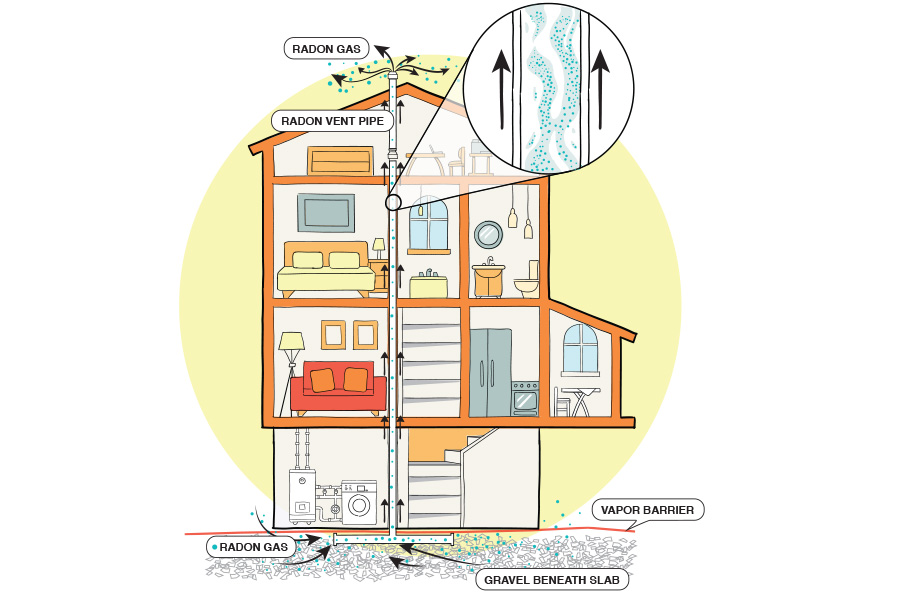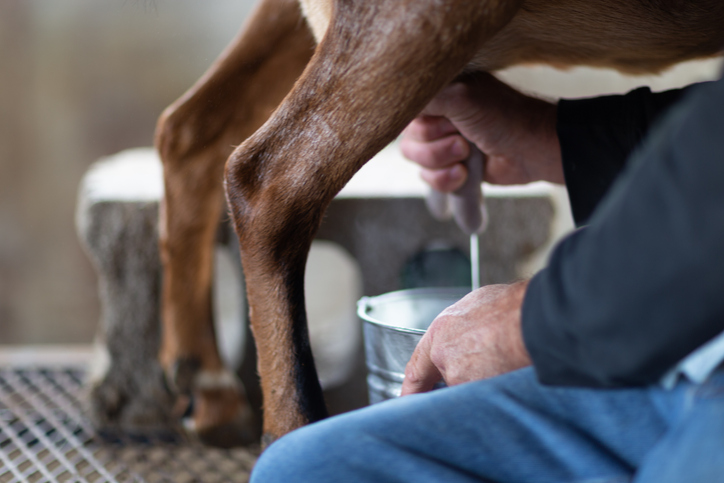-

C 1067
Household Clutter Control
RevisedClutter is a collection of things lying around in an untidy mess, usually because we don’t have a designated place for it. Household clutter has a big impact on your health and quality of life. This publication will help you asses if you have too much household clutter and then…|
-
 RevisedThere may be insect fragments, lead dust, pesticides, pollen, dust mites, animal dander, hair, human skin flakes, fungal spores, or cigarette ash in household dust. Around 30% to 40% of the contaminants inside your home are brought in from outdoors. By taking a few simple steps described in this resource,…
RevisedThere may be insect fragments, lead dust, pesticides, pollen, dust mites, animal dander, hair, human skin flakes, fungal spores, or cigarette ash in household dust. Around 30% to 40% of the contaminants inside your home are brought in from outdoors. By taking a few simple steps described in this resource,…|
-

C 1364-09
Enjoying the Holidays with Diabetes
NewFor people managing diabetes, the holiday season can bring unique challenges. This resource will help you plan ahead and strategize so that you can enjoy parties and time with friends and family while keeping your blood sugar in control.
|
-
 Radon is the second leading cause of lung cancer in the United States. A radon reduction system (radon mitigation) reduces high levels of indoor radon to acceptable levels. The system most frequently used is a vent pipe system and fan, which pulls radon from beneath the house and vents it…
Radon is the second leading cause of lung cancer in the United States. A radon reduction system (radon mitigation) reduces high levels of indoor radon to acceptable levels. The system most frequently used is a vent pipe system and fan, which pulls radon from beneath the house and vents it…|
-
 The benefits of building a radon-resistant home are that it reduces a family’s risk of lung cancer; it’s easier and less costly to include features during construction; features are incorporated into the home design and improve aesthetics compared to installing a radon mitigation system after construction; it will improve the…
The benefits of building a radon-resistant home are that it reduces a family’s risk of lung cancer; it’s easier and less costly to include features during construction; features are incorporated into the home design and improve aesthetics compared to installing a radon mitigation system after construction; it will improve the…|
-
 Radon may be found in one out of every 15 homes and is the second leading cause of lung cancer in the United States. This gas can enter your home through cracks and holes in the foundation, or even underground well water. This publication provides information on radon-induced lung cancer…
Radon may be found in one out of every 15 homes and is the second leading cause of lung cancer in the United States. This gas can enter your home through cracks and holes in the foundation, or even underground well water. This publication provides information on radon-induced lung cancer…|
-
 This resource will help producers understand how to ensure they get high-quality milk from their goats. The core characteristics of high quality dairy goat milk are milk with low bacteria counts, milk with acceptable somatic cell count numbers, and milk with ideal flavor and appearance. Readers will learn about strategies…
This resource will help producers understand how to ensure they get high-quality milk from their goats. The core characteristics of high quality dairy goat milk are milk with low bacteria counts, milk with acceptable somatic cell count numbers, and milk with ideal flavor and appearance. Readers will learn about strategies…|
